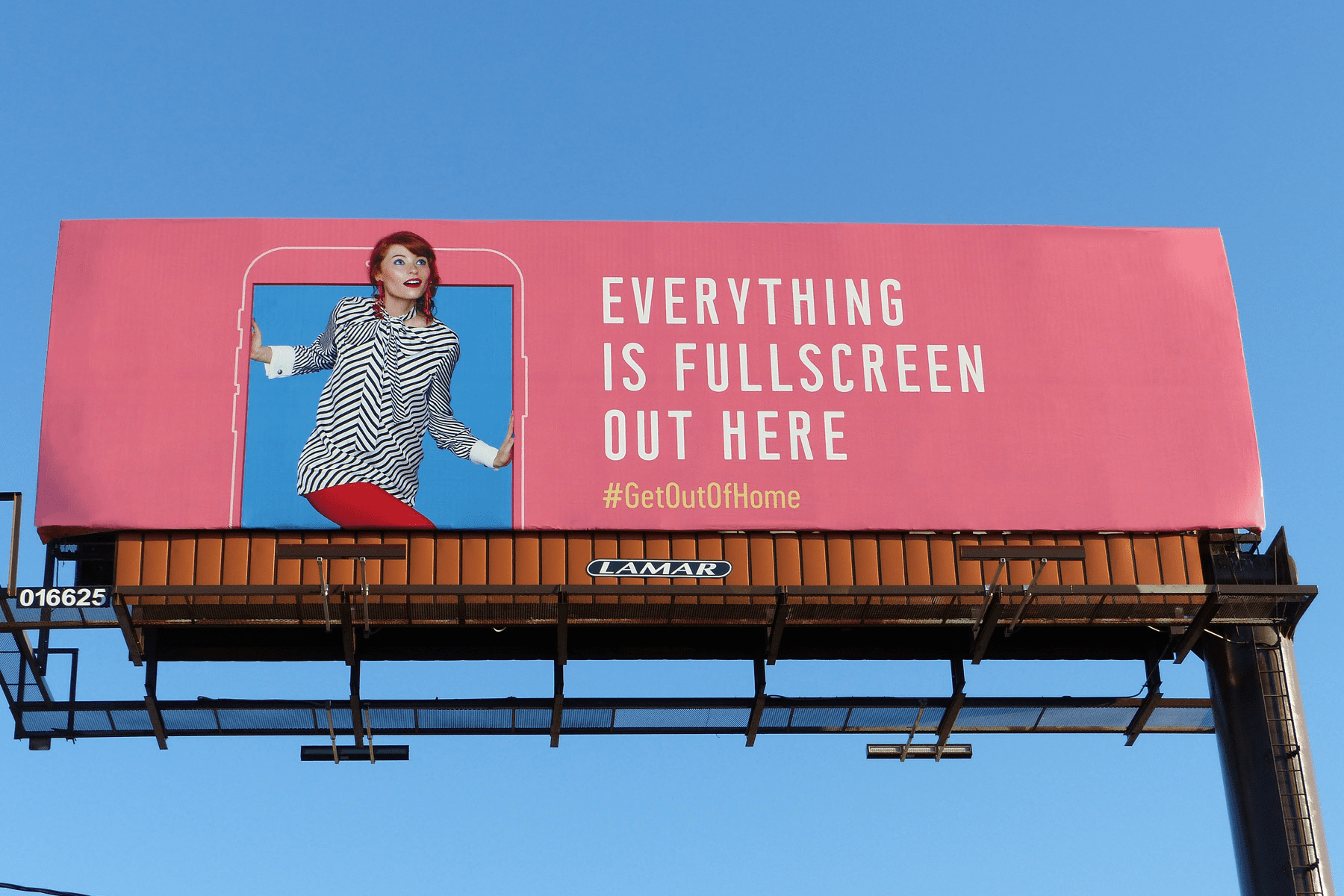In my advertising career, I’ve met all kinds of business owners and marketers—and I’ve heard just as many theories on what works and what doesn’t. Back when I worked on the media side, selling a particular advertising channel, I’d often hear, “That type of media doesn’t work for my business.”
Dig a little deeper, and there was usually a story: they’d tried it once, didn’t get the results they hoped for, and instead of evaluating their approach, they wrote off the entire channel. No consideration of the strategy they used—if there was one at all. Often, these same advertisers had similar results across multiple media efforts, and it never crossed their minds that the issue might not be the media… but the plan.
Or lack thereof.
I watched small business owners exhaust themselves trying to figure out which one media channel was “the one.” When it came time to talk about messaging or creative—what they actually wanted to say—they’d disappear, as if just picking the media channel did all the heavy lifting.
When You Skip the Strategy
I’ll never forget one luxury real estate brokerage. They spent three years debating whether to run an out-of-home campaign with us. When they finally agreed, my team and I doubled our efforts to pitch something worthy of their brand. We created a concept featuring a stately 18th-century mansion—like the ones Savannah is known for—with illuminated, gaslight-style windows that lit up at night. It would’ve been one of the most elegant out-of-home campaigns I’d ever seen.
But we didn’t run it.
Instead, we ran a 672-square-foot vinyl with… their logo.
That’s it. Just the logo.
(Insert deflating balloon sound here.)
What happened? The marketing director—likely someone with a background in graphic design or social media, not media strategy—was the only one weighing in. The owner didn’t have time. And because the owner insisted on final approval, despite admitting marketing wasn’t really their thing, the safer (and far less effective) idea won out.
Not Throwing Stones—Just Holding Up a Mirror
This isn’t me throwing stones. It’s common. These were sharp, successful people—already killing it in their space. But they missed an opportunity because they spent money without a strategy.
There’s a word for that: gambling.
If this same company were building a spec home for a client, they wouldn’t wing it. There’d be a multi-step process: contractors, bids, timelines, budgets, and contingency planning. No one pours concrete without a blueprint. But in marketing, people do it all the time.
Why? Because they don’t let go of the vine.
In the book Traction, Gino Wickman writes about the importance of staying in your lane as a business owner—focusing on your core competencies and building a team that complements your weaknesses. Many owners don’t do this with marketing. There’s a lot of ego and emotion wrapped up in it. They either keep making the same mistakes themselves or stop marketing altogether.
Meanwhile, the Competition Has a Plan

Meanwhile, competitors with a real strategy grow right in front of them. And because they don’t understand why they’re losing, they blame the media channel, or an employee, or the market. But the blame should land where the decision did—on their shoulders.
If you find yourself buying media just because a salesperson gave you a convincing pitch, without stepping back to ask how it fits into your brand or your overall marketing mix, here’s my advice:
Stop.
Just stop advertising until you have a plan.
Why? Because some of it will work. And some won’t. But if you’re measuring success only by your cash register, you won’t know which is which. You’ll feel forced to keep everything going “just in case,” and your customer acquisition cost will balloon. Meanwhile, your competitors—who are tracking, testing, and planning—will be spending less and growing more.
What Smart Marketers Do
A good marketer, before spending a dime, knows:
- Who they’re targeting
- Where do those people spend time
- What they care about
- What role each channel plays in reaching them
A strong strategy doesn’t rely on just one media type. It uses a mix—often three or more—that work together to guide a customer from awareness to action.
The out-of-home campaign we designed wasn’t just a pretty billboard. It was a statement. Its job was to plant an elegant, unforgettable idea of the brand in people’s minds. With today’s consumers seeing between 5,000 and 7,500 ads a day, you’re not just competing with other companies—you’re competing with everything. Attention is scarce, and a smart campaign understands how to break through.

Branding channels like out-of-home aren’t direct-response tools. They’re there to create familiarity and trust long before someone clicks an ad or talks to a salesperson. That real estate agent’s job gets a lot easier if the brand is already associated with luxury and sophistication. It shifts the conversation—and the outcome.
Final Thought
Without a plan, marketing is a cash suck.
But with the right strategy in place, it becomes one of the best investments you’ll ever make.If you struggle to find a plan you believe in, please read my previous blog entry on why outsourcing marketing is the best growth strategy





Comments are closed